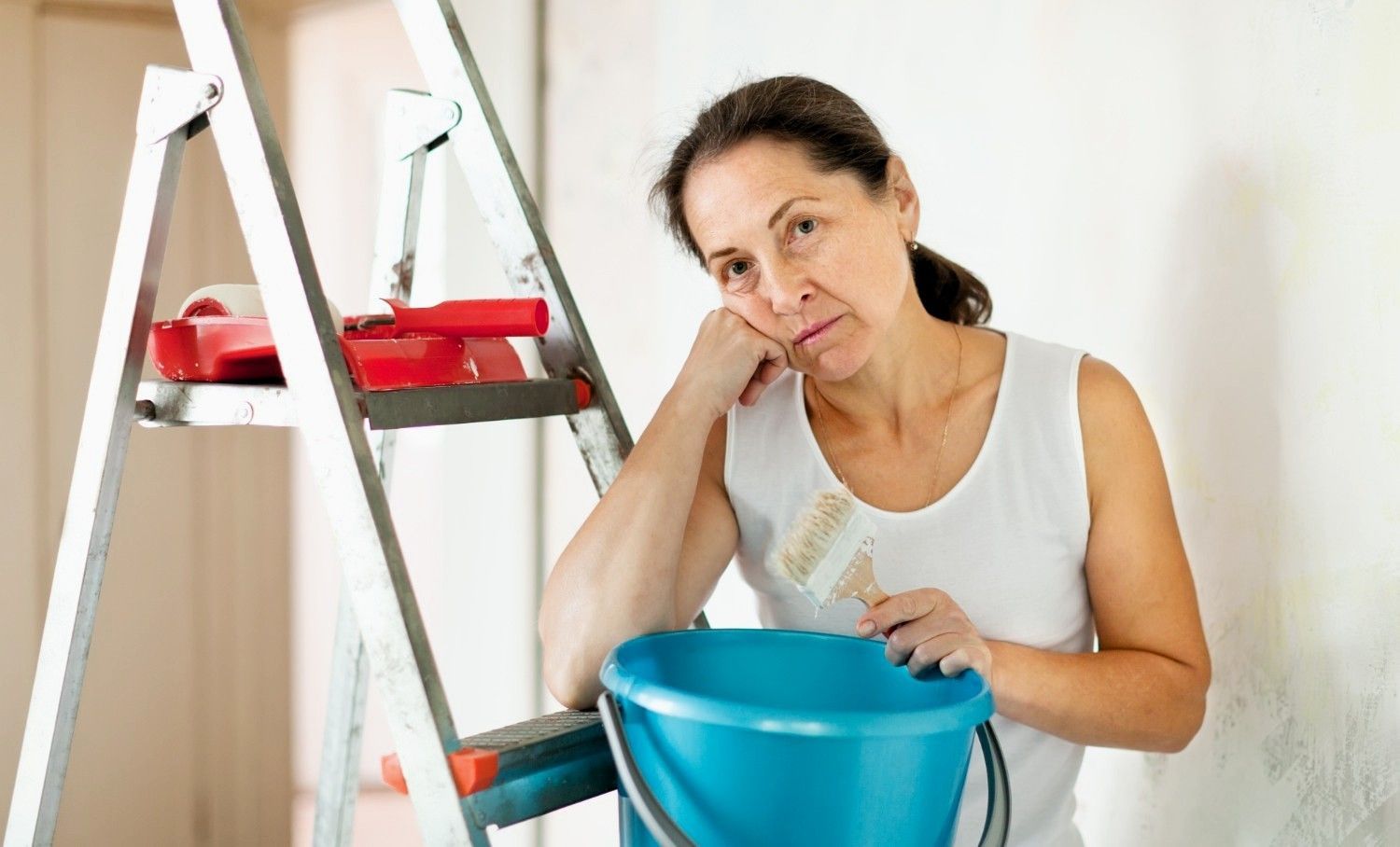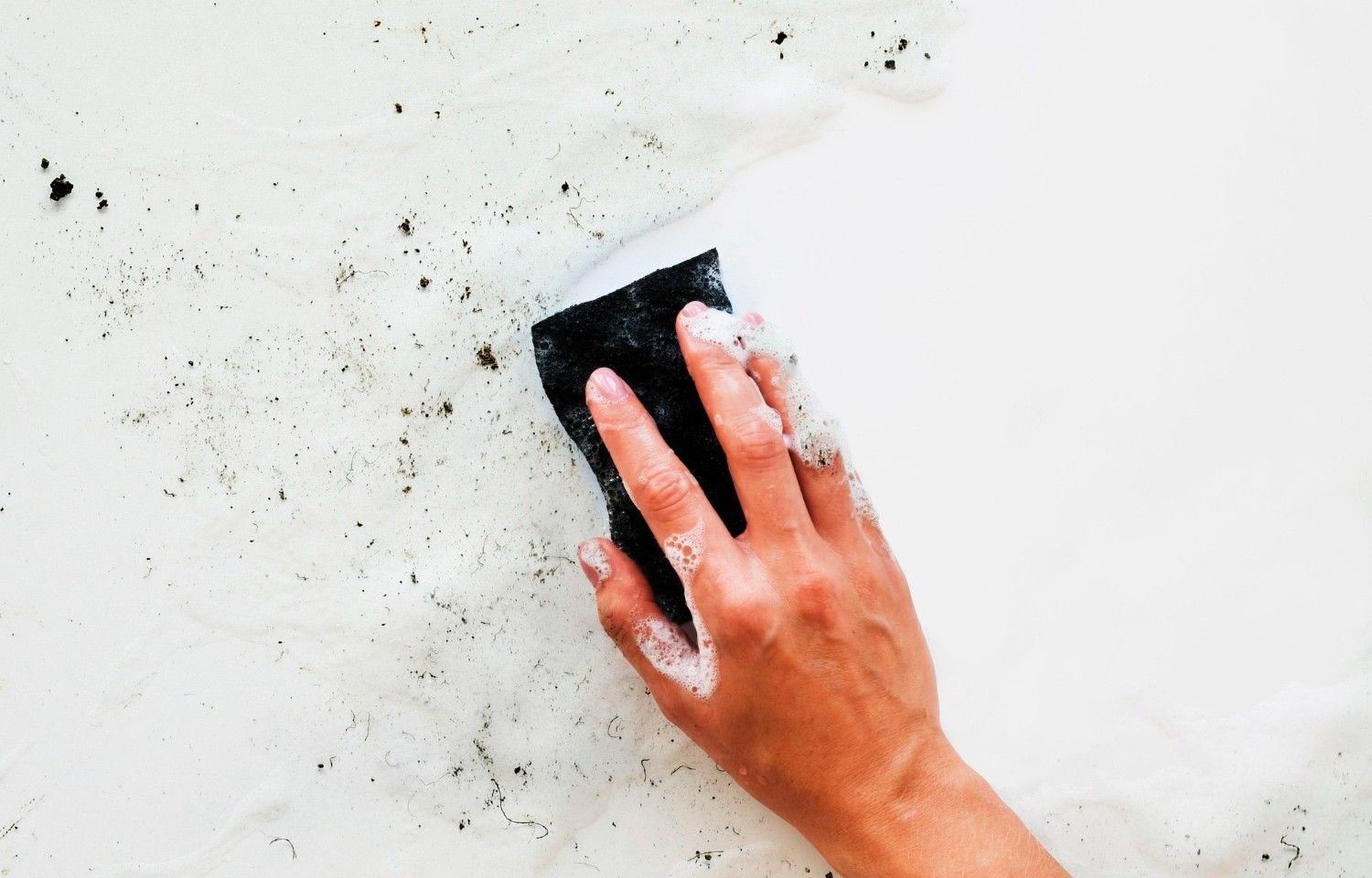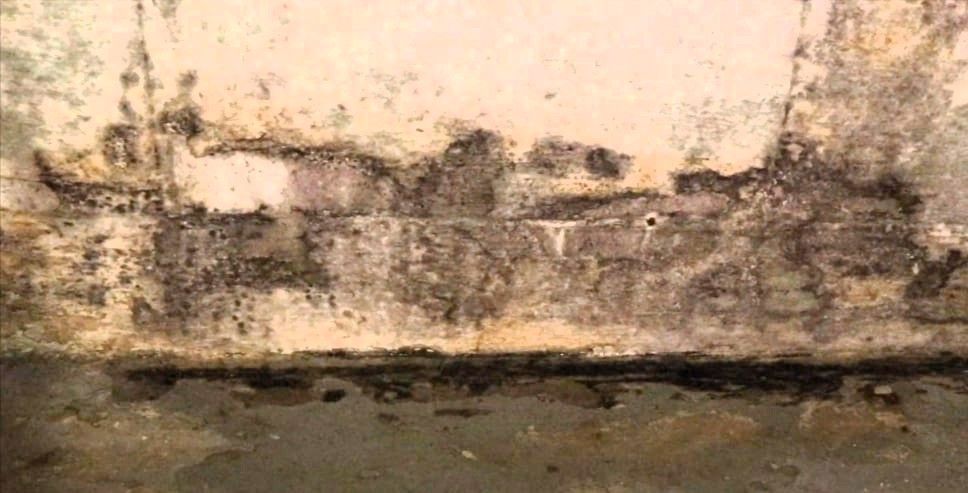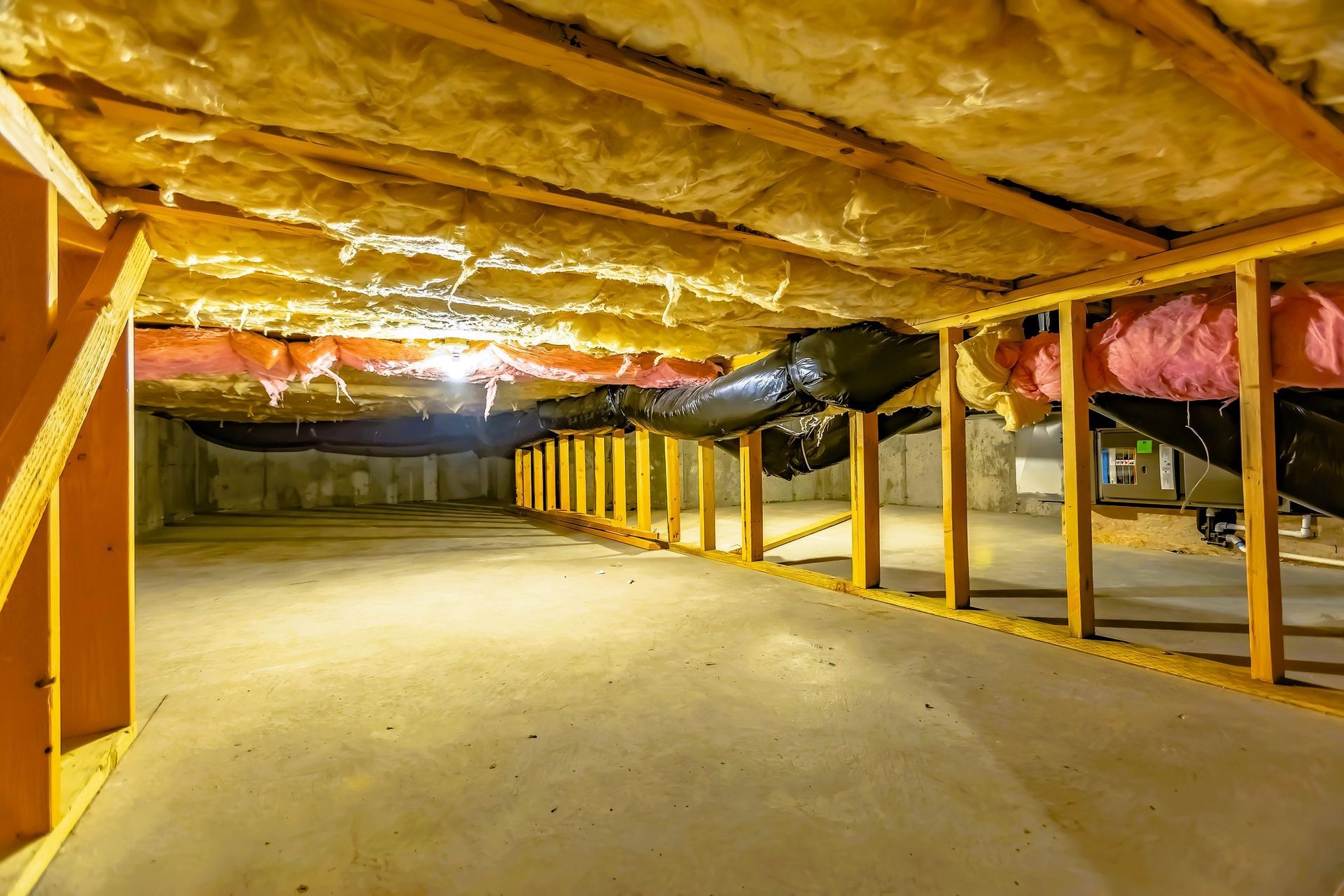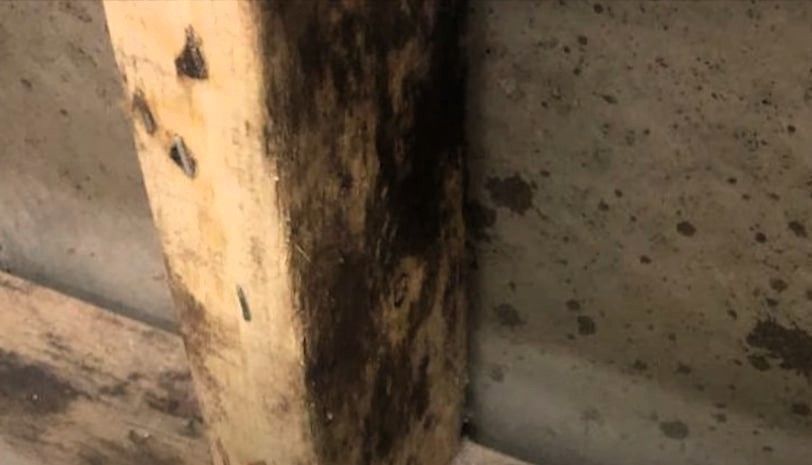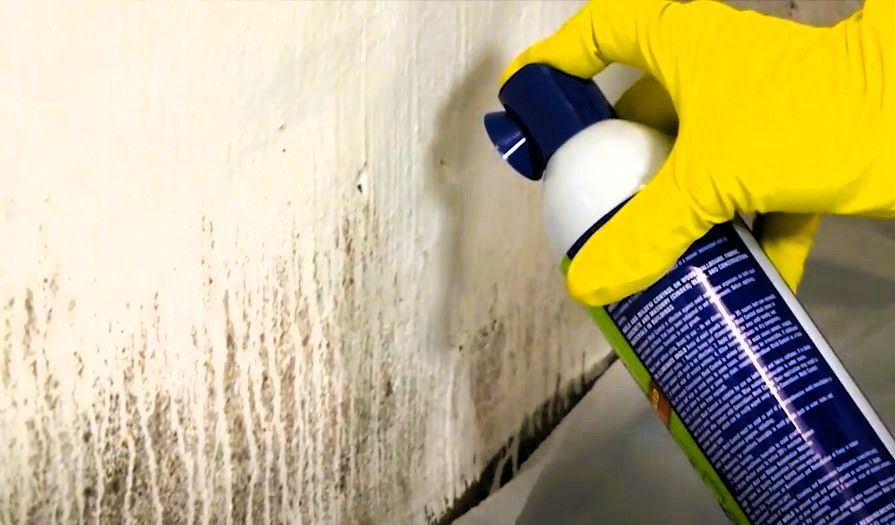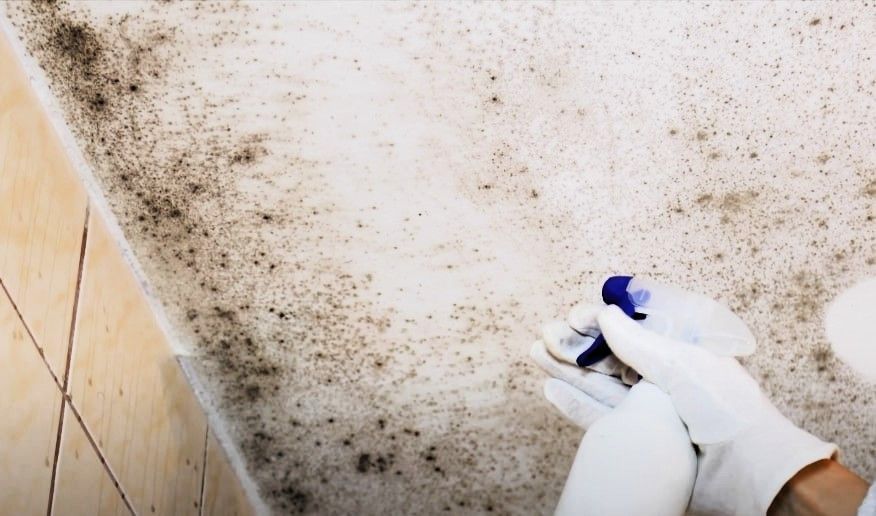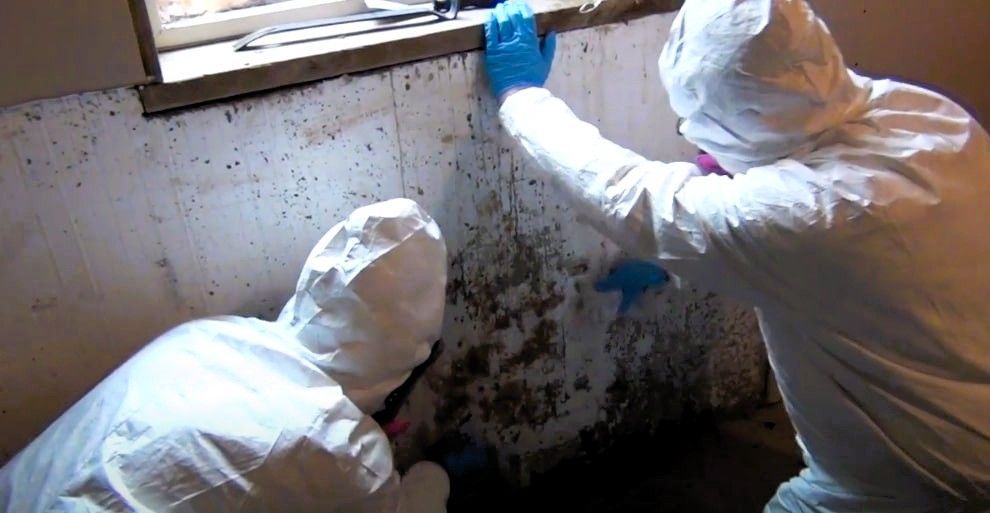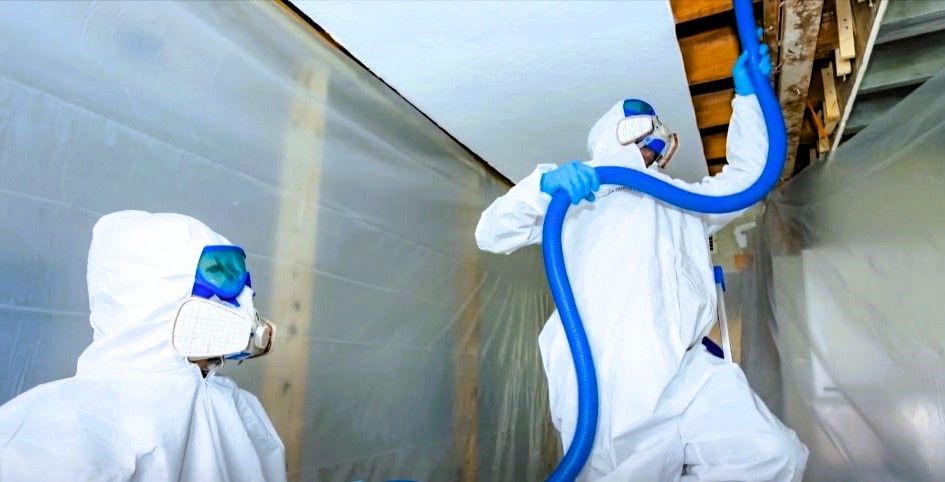Can Mold Grow on Concrete?
Learn how to prevent and deal with mold growth on concrete at home!

Mold is a type of fungus that can grow on many surfaces, including concrete. While it’s not always visible to the naked eye, mold spores are everywhere and they need very little in terms of conditions to start growing. In fact, mold loves damp environments like bathrooms and basements where there is plenty of moisture for it to feed off.
We know that mold can grow on surfaces in the home and sometimes we see it on plants, but can mold grow on concrete? The answer is yes. Mold needs water to grow, and concrete can absorb moisture over time due to condensation or spills that are left standing on its surface. This means that it’s prone to mold growth if the conditions are right.
Now that we know that it can grow on concrete, let’s look at some common reasons why mold may be present.
Reasons Why Does Mold Grow on Concrete
- Poor ventilation: Concrete surfaces are more prone to moisture accumulation if the room is not well ventilated, which encourages mold growth. Ensuring that your room has plenty of fresh air circulates can help reduce the risk of mold forming on concrete.
- Leaks: If there are any leaks in the walls or ceiling, the dampness can travel through to the concrete and cause it to become moldy.
- Poor drainage: If you have a basement or other area with poor drainage, water can seep into your concrete surfaces, causing it to become moldy quickly.
- High humidity: High levels of humidity in the air can cause condensation to form on concrete surfaces, providing ideal conditions for mold to grow.
- Improperly Sealed Concrete: Concrete sealants can help reduce the risk of mold growth, but if it hasn’t been applied properly or is starting to wear off, then water can seep into the surface and cause problems.
Mold on concrete isn’t just an eyesore - it can also be dangerous. Spores from molds are airborne, so you may be inhaling them without realizing it. Additionally, mold can cause structural damage to the concrete itself over time.
Tips To Prevent Mold Growth on Concrete
Fortunately, there are some steps you can take to prevent mold from growing on your concrete surfaces. These include:
- Keep things dry: Make sure that any spills are cleaned up quickly and consider using a dehumidifier in damp areas of the home.
- Ventilate: Make sure your rooms have plenty of ventilation to reduce the risk of condensation and moisture build-up.
- Seal: Regularly check your concrete sealants to make sure they are still effective at preventing water from entering the surface.
- Boost drainage: If you have areas with poor drainage, consider hiring a professional to improve it so there’s less risk of water seeping into the concrete.
By following these simple steps, you can help reduce the risk of mold growing on your concrete surfaces and keep your home clean and healthy.
Mold can be a nuisance to find on concrete surfaces in your home, but
with some preventive measures you can ensure that it doesn’t become an issue. With the right knowledge and proper care, you can keep your concrete surfaces looking great for years to come.
Contact Grand Rapids Mold Relief today if you think you have a mold problem. We will help to identify the source of the problem and provide you with a solution that works best for your home. With our professional services, you can rest assured that your home is safe from mold and other harmful contaminants. Contact us today for more information about our services and how we can help you.

